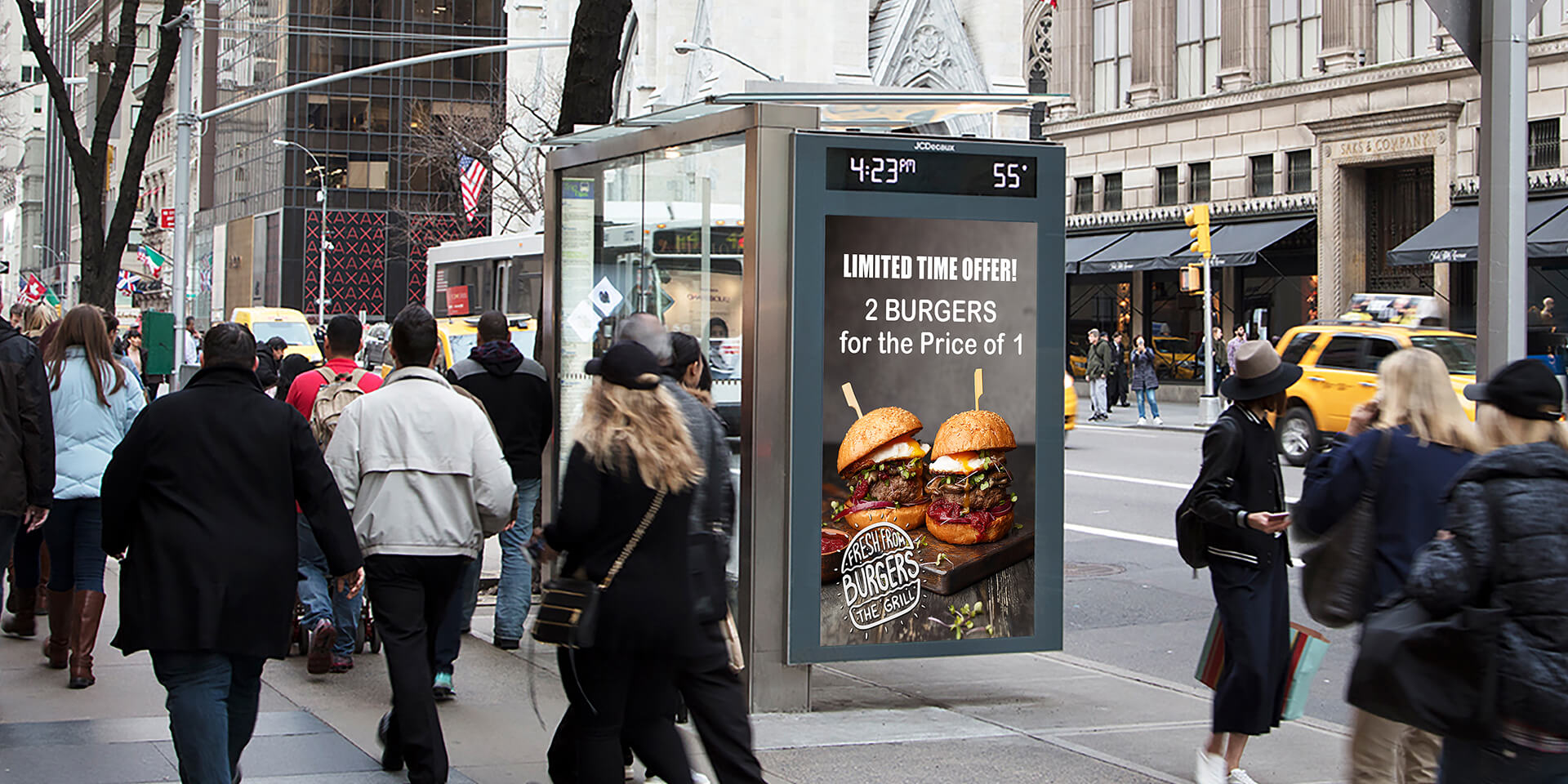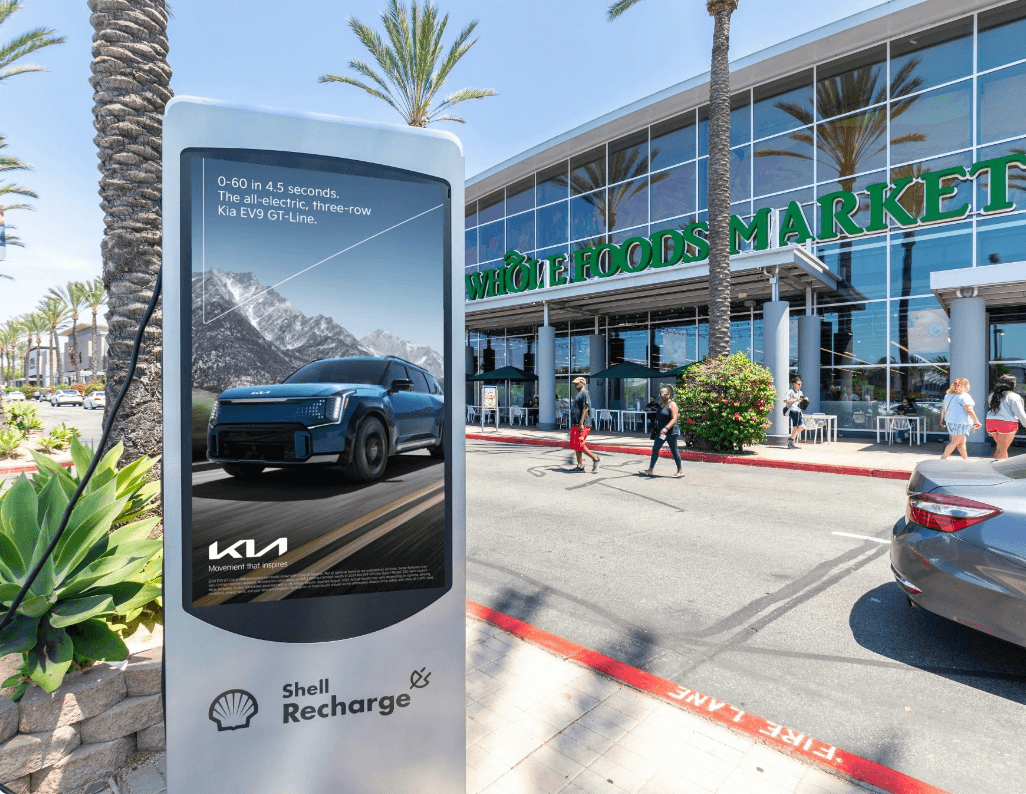
As originally published in Western Restaurant News, Fall 2022
According to a recent Angus Reid Group survey, 63 percent of Canadians have cut back on dine-in restaurant experiences since January 2022, while more than 50 percent of people have cut back on takeout and delivery food services. Both of these food-related expenses ranked at the top of discretionary costs that Canadians have most aggressively cut back on this year. However, dining habits have been starting to bounce back. In fact, indoor dining has increased in the month of August bringing it almost on par with last year (58 percent having eaten at an indoor establishment, versus 60 percent in August 2021). This gives hope to restaurant owners and creates an opportunity for restaurant marketers to cater to the shifting needs of customers.
With rising interest rates and a looming recession continuing to impact Canadians, it is critical for restaurant owners and marketers to take inventory on their brand’s messaging and advertising strategy as they strive to maintain brand loyalty and market share in an uncertain economy.
Leaning Into Savings-Conscious Messaging
Unsurprisingly, 4 in 5 Canadians have noticed price increases at traditional dine-in restaurants since the start of the year, according to an Angus Reid Group survey. During this same time, 22 percent of Canadians have switched restaurant brands in at least one area (dine-in, QSR delivery, takeout, etc.) in order to save money.
As many Canadians react to inflation pressures, restaurant brands should be shifting their messaging to showcase more specific promotional deals. Dynamic creative capabilities available through digital out-of-home (DOOH) is a great way to do this, as it allows restaurant brand marketers to promote deal-focused messaging that can be updated in real-time as the promotion evolves. This appeals to the priorities of price-conscious shoppers and can potentially entice customers to compromise their loyalty to a competitor brand.
Building a Flexible Advertising Strategy
Cutting budgets amid an uncertain market is the first instinct for many restaurant owners, especially when addressing the interconnected challenges of supply chain and labour shortages. However, while this might allow the business to experience short-term gains, brands that fail to invest in advertising during these pivotal times risk seeing a sales decline in the long-term.
That’s why savvy restaurant marketers are leveraging programmatic offerings like programmatic DOOH advertising to grant them flexibility by accommodating messaging shifts, allocating budgets across various advertising mediums, and even pausing, shifting and reducing spends as necessary.
Leveraging Place-Based Media
People are out and about more than ever compared to years prior. With that, there is a strong opportunity for restaurant marketers to integrate themselves into their target audience’s daily journeys.
With DOOH, brands can leverage location data and geospatial technology to create a behavioural audience of restaurant visitors, comprising individuals who recently visited a competitor. With that knowledge, restaurant marketers can utilize place-based media to diversify their footprint and become a part of the consumer journey.
Focusing on Long-Term Gains
Especially amid these challenging times, it is crucial that restaurant brands educate themselves on industry trends and opportunities if they expect to maintain brand loyalty and market share in a long-term capacity.
Vistar Media has built a complete end-to-end programmatic ecosystem to enable data-driven, automated, and measurable DOOH transactions. This ecosystem helps its partners, from QSR to casual dining, incorporate DOOH and mobile as part of their broader marketing strategies to achieve key results, such as awareness, consideration, favorability and foot traffic, through custom and efficient targeting, messaging and measurement.
Source: Angus Reid Group, Consumer Economic Pulse: Monitoring Uncertainty (August 2022); 22, 39, 40, 21



